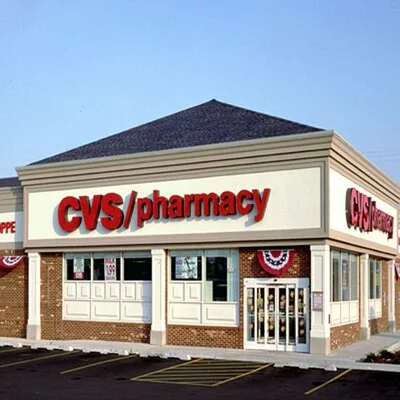CVS drug prices takes on Wal-Mart’s generic drug prices — with a gimmicky twist
As Wal-Mart has taken the lead in lowering prices on generic drugs among brick-and-mortar retailers, the major drug chains have been slow to respond. Walgreens came around first, and now CVS has finally responded — with a $9.99 price point on a 90-day supply of about 400 different medications starting later this month.
Despite the fact that CVS is a day late and dollar short on reducing prices on generics, its announcement got some surprisingly high-profile media coverage from the likes of the Dallas Morning News and the Los Angeles Times. Why, you might wonder? Because of an added gimmick that won’t do much for healthcare consumers — but that has obviously been good for PR.
The gimmick? To “bundle its program with medical care from its in-store clinics.”
Sounds great — till you realize what this “bundle” consists of. You pay $10 per year for a CVS Health Savings Pass, and you get the lower generic drug price and a 10 percent discount at CVS MinuteClinics.
Ten whole percent? Consider our healthcare crisis solved.
Of course, the tens of millions of Americans who are struggling to pay their prescription drug bills each month know that the problem has never been low-cost generics, but drugs that aren’t among the 400 on the lists of Wal-Mart, Target, Walgreens, Kroger or CVS. The drugs that bust family budgets aren’t on anybody’s list.
And paying a little less for a visit with a nurse in the back corner of a drugstore will do little to ease that pain.
Related Posts
- What’s safer — online pharmacies or Wal-Mart?
- Study: Prescription drugs cost more in poor neighborhoods
- 10 tips for saving money on prescription drugs
- Harris Teeter joins generic drug discounters
-
 Will Big Pharma perves sneak a peek at “Sicko”?
Will Big Pharma perves sneak a peek at “Sicko”?
-
 Associated Press offers six ways to save on prescription drugs
Associated Press offers six ways to save on prescription drugs







-
-

-
How to Safely Buy Prescription Drugs Online from Cary Byrd on Vimeo.
-
Our Healthcare100 Ranking
-
Search Blog Posts
-
Archives
-
Trending Content
-
Blogroll
- Bullet Wisdom
- Christian Social Network
- DrugWonks.com
- Eye on FDA
- GoozNews
- Health 2.0
- In the Pipeline
- Jesus Christ Our King
- Kevin, M.D.
- Pharm Aid
- Pharma Marketing
- PharmaGossip
- Pharmalot
- San Antonio Asphalt
- San Antonio Life Insurance
- San Antonio Pressure Washing
- The Angry Pharmacist
- The Health Care Blog
- The Peter Rost Blog
- World Vision
-
Tags
big pharma Canadian drugs canadian pharmacies canadian pharmacy consumer reports craig newmark divine healing Drug costs drug prices Drug reimportation eDrugSearch.com FDA Fosamax Generic drugs healing scriptures Health 2.0 healthcare100 healthcare reform Hypertension Jehova Rophe Jesus Christ Lipitor Metformin miracles online pharmacy dictionary online prescriptions osteoporosis peter rost Pharmacies pharmacists pharmacychecker pharmacy spam phrma Prescription drug coupons Prescription drugs prescription medication Proverbs 3:5-8 reimportation relenza Roche saving money swine flu Tamiflu The Great Physician The Lord our Healer -
Recent Comments
- carol haslam on Reclast’s “jaw problems” caused by too many warnings, spoken too quickly?
- Seniors on Prescription Drugs: How to Promote Safety | eDrugSearch Blog on How to Report Adverse Drug Reactions
- Seniors on Prescription Drugs: How to Promote Safety | eDrugSearch Blog on How to Check Prescription Drug Interactions
- Ammymickens on CVS drug prices takes on Wal-Mart’s generic drug prices — with a gimmicky twist
- Arif Daleel on Crestor, Lipitor, or Zocor – Which statin is right for you?


Pingback: Harris Teeter joins generic drug discounters | The eDrugSearch Blog
Pingback: Health News: Rite Aid Closing Shop? | The eDrugSearch Blog
Pingback: Case Study: Rite Aid Closings Sweeping Nation « Beachwood Historical Alliance